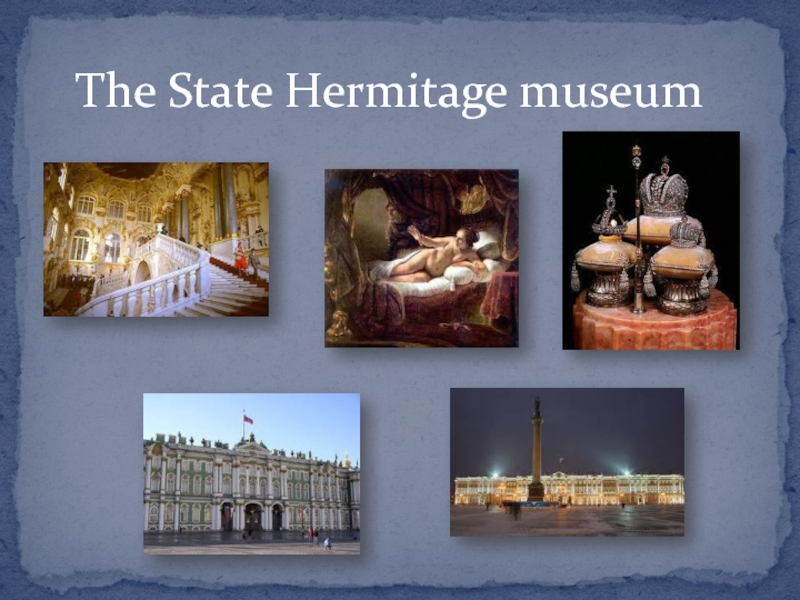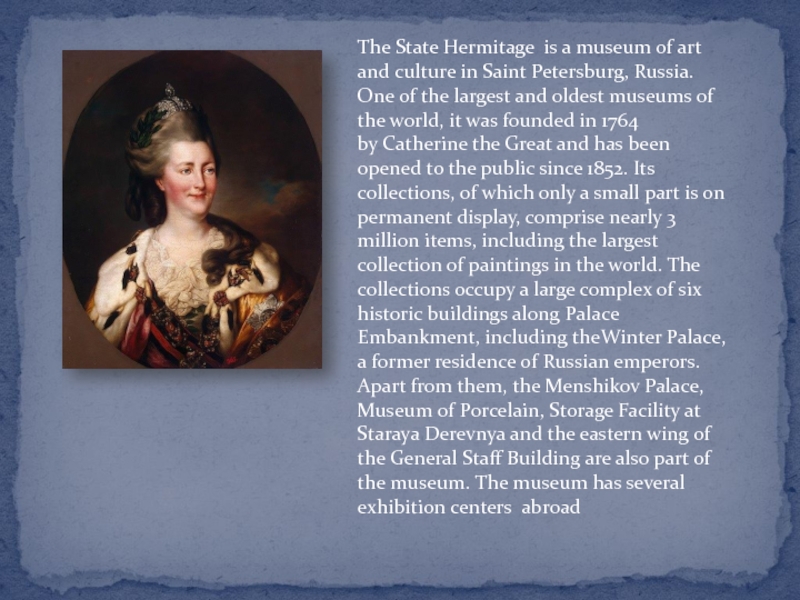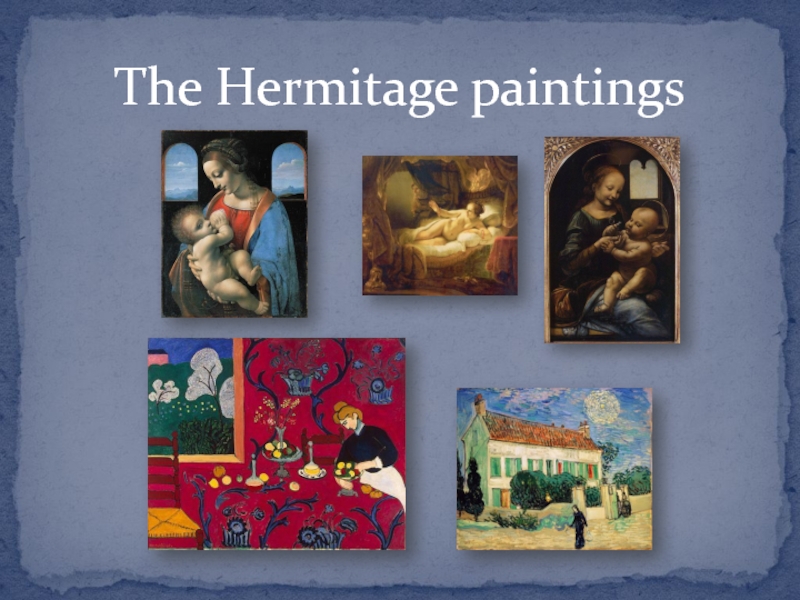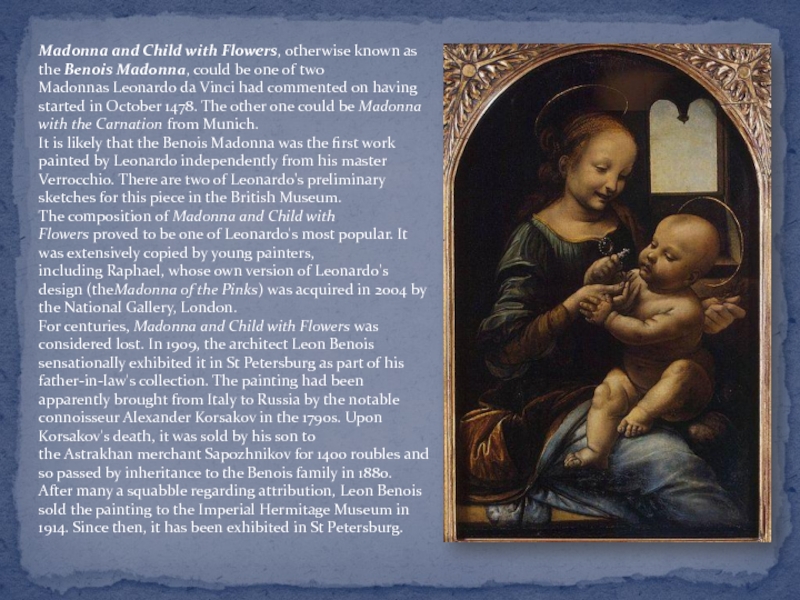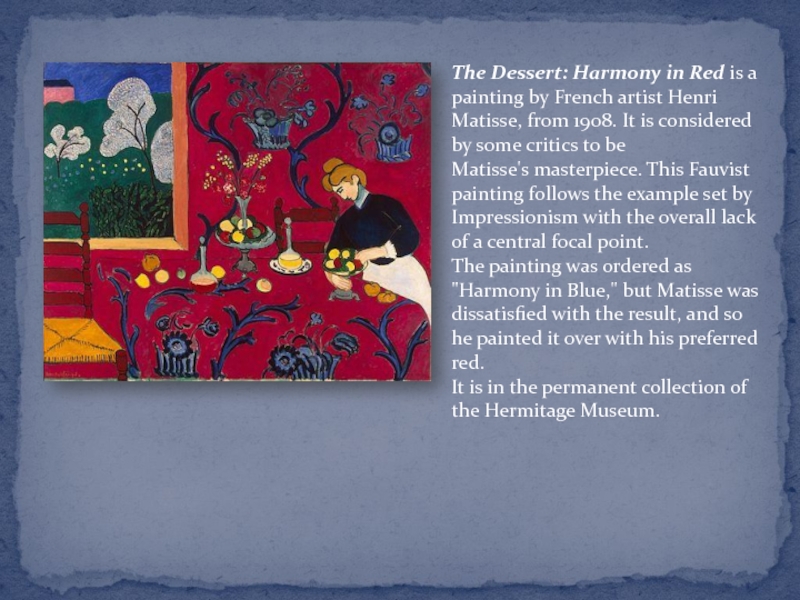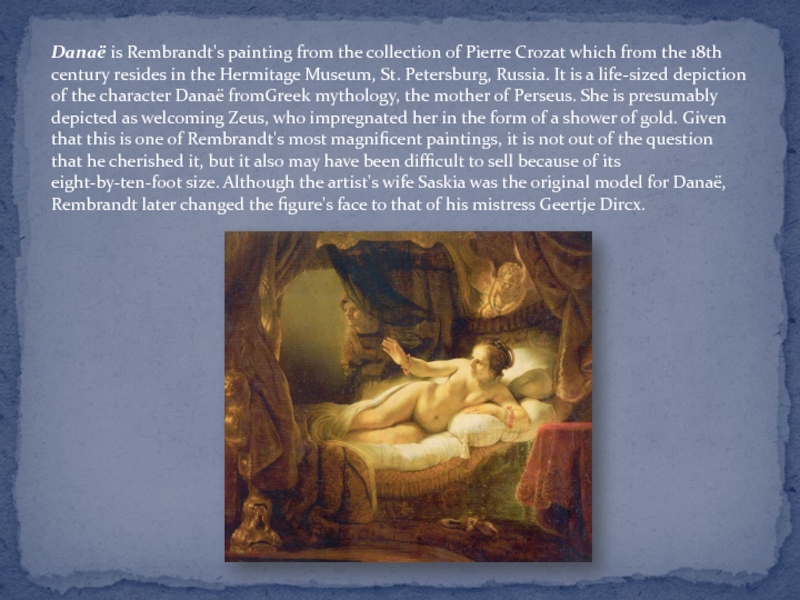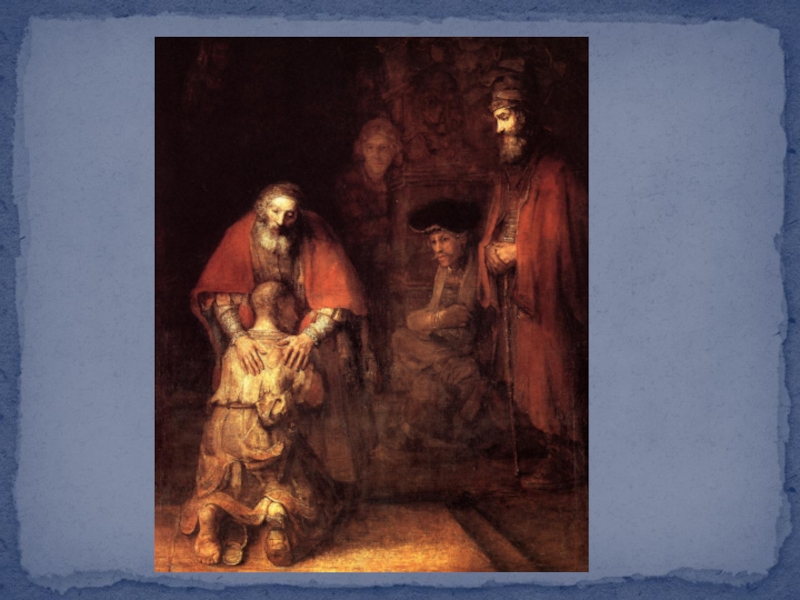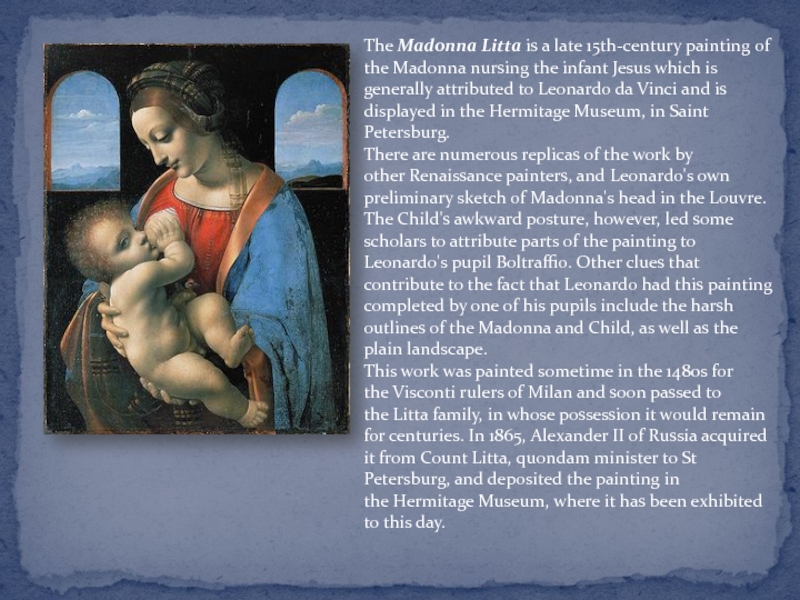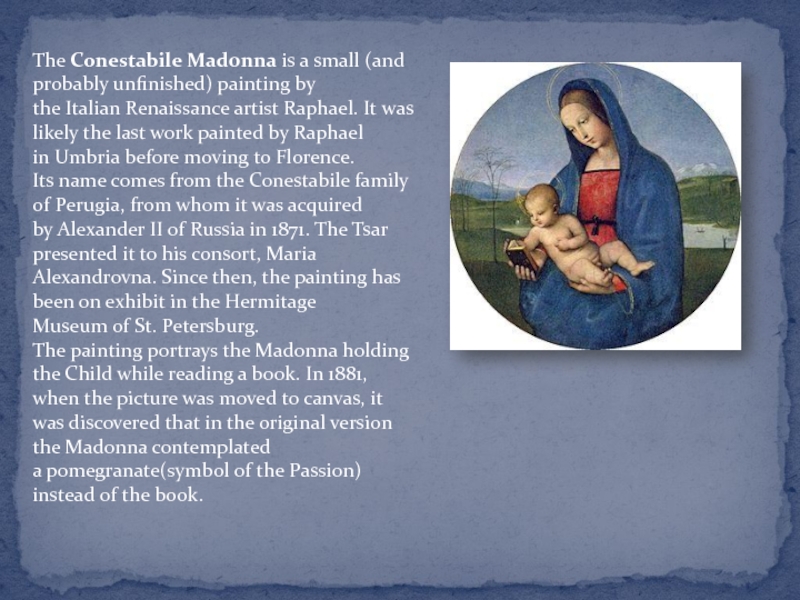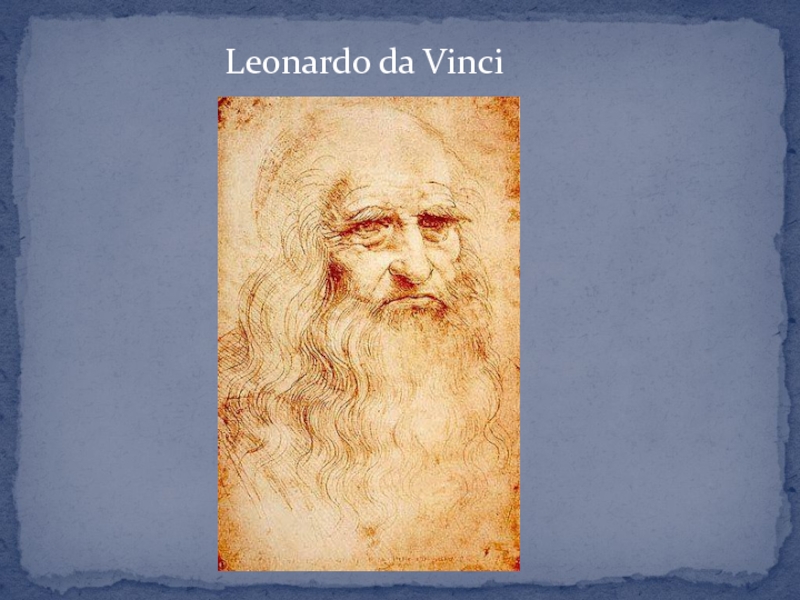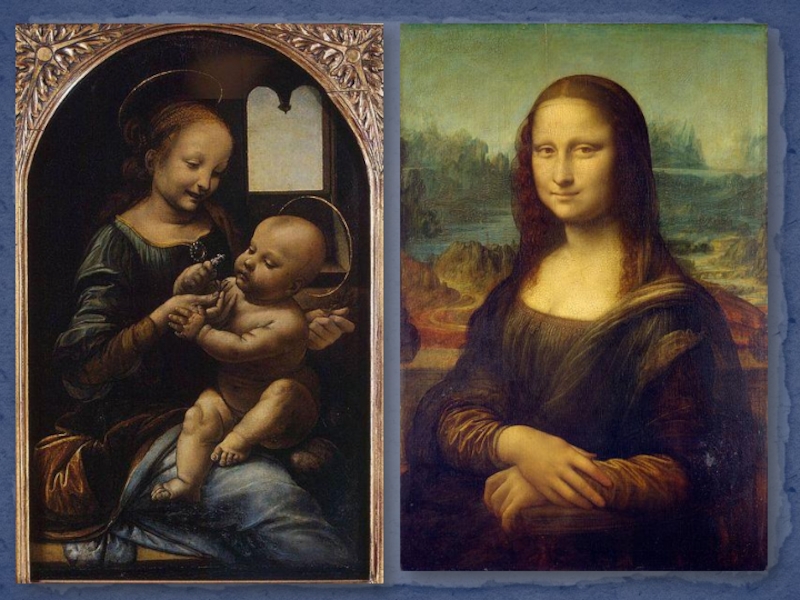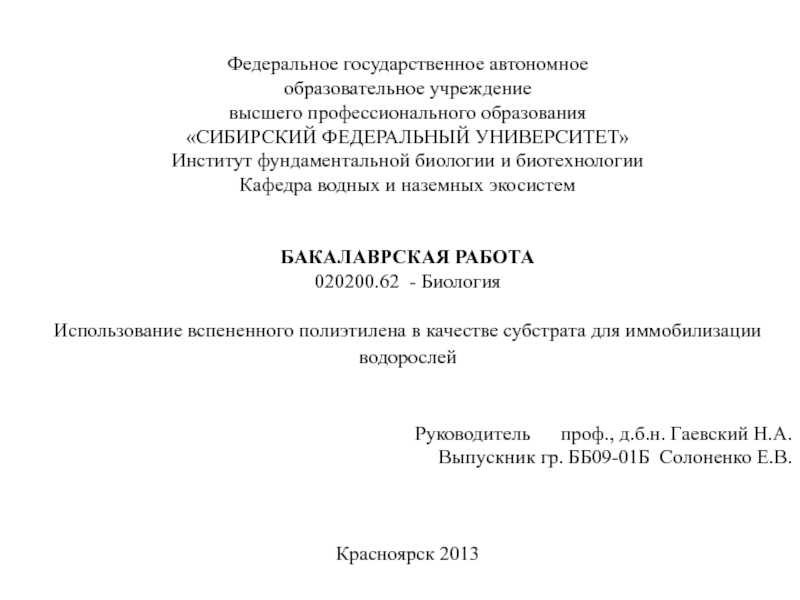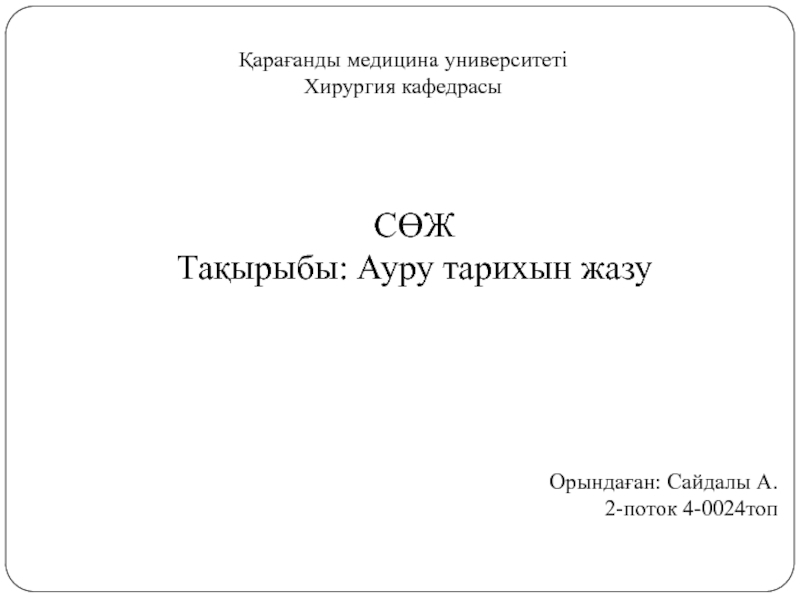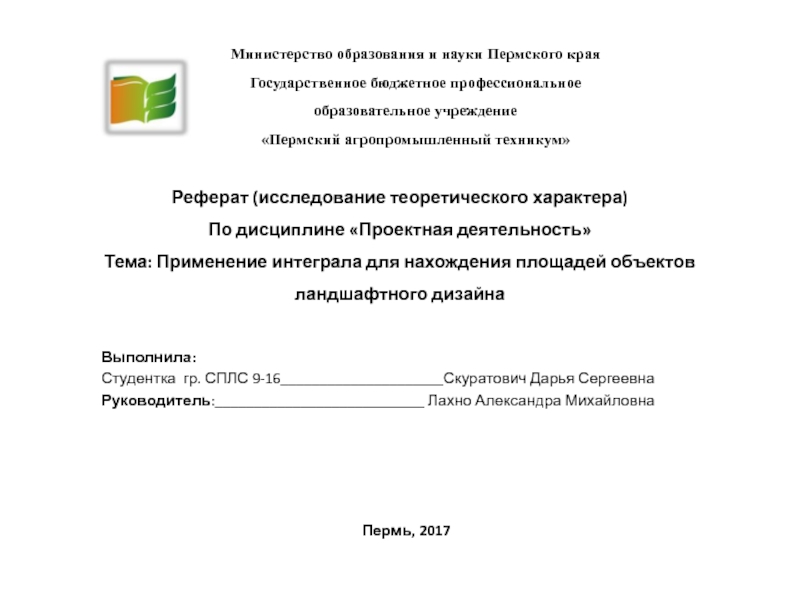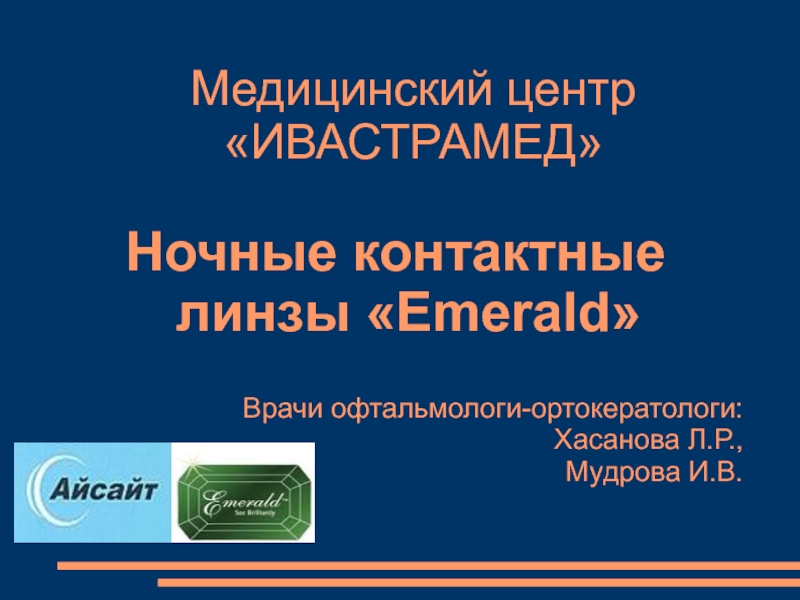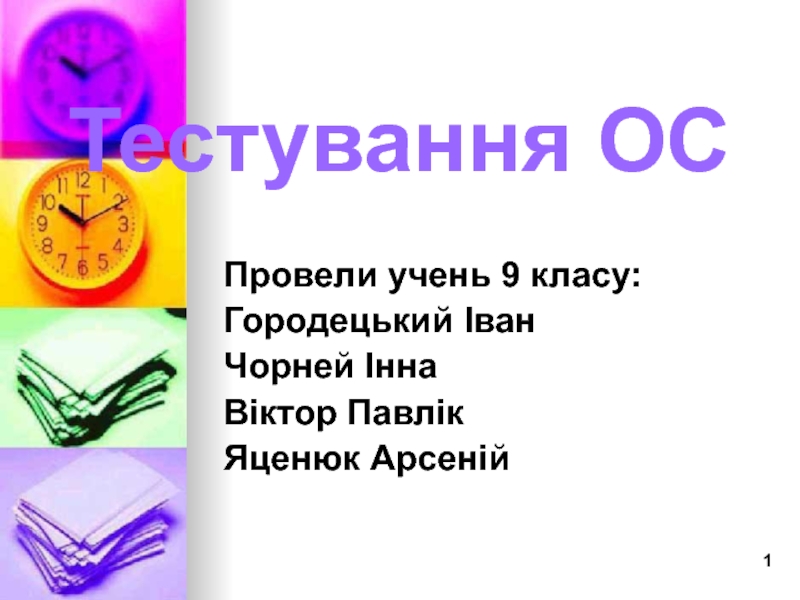Разделы презентаций
- Разное
- Английский язык
- Астрономия
- Алгебра
- Биология
- География
- Геометрия
- Детские презентации
- Информатика
- История
- Литература
- Математика
- Медицина
- Менеджмент
- Музыка
- МХК
- Немецкий язык
- ОБЖ
- Обществознание
- Окружающий мир
- Педагогика
- Русский язык
- Технология
- Физика
- Философия
- Химия
- Шаблоны, картинки для презентаций
- Экология
- Экономика
- Юриспруденция
The State Hermitage museum
Содержание
- 1. The State Hermitage museum
- 2. The State Hermitage is a museum of art and culture
- 3. The Hermitage paintings
- 4. Madonna and Child with Flowers, otherwise known
- 5. The Dessert: Harmony in Red is a painting
- 6. White House at Night is an oil painting
- 7. Danaë is Rembrandt's painting from the collection of Pierre Crozat
- 8. Слайд 8
- 9. The Madonna Litta is a late 15th-century painting of
- 10. The Conestabile Madonna is a small (and probably unfinished) painting by
- 11. Leonardo da Vinci
- 12. Слайд 12
- 13. Слайд 13
- 14. Скачать презентанцию
The State Hermitage is a museum of art and culture in Saint Petersburg, Russia. One of the largest and oldest museums of the world, it was founded in 1764 by Catherine the Great and has been opened to the
Слайды и текст этой презентации
Слайд 4Madonna and Child with Flowers, otherwise known as the Benois Madonna,
could be one of two Madonnas Leonardo da Vinci had commented on
having started in October 1478. The other one could be Madonna with the Carnation from Munich.It is likely that the Benois Madonna was the first work painted by Leonardo independently from his master Verrocchio. There are two of Leonardo's preliminary sketches for this piece in the British Museum.
The composition of Madonna and Child with Flowers proved to be one of Leonardo's most popular. It was extensively copied by young painters, including Raphael, whose own version of Leonardo's design (theMadonna of the Pinks) was acquired in 2004 by the National Gallery, London.
For centuries, Madonna and Child with Flowers was considered lost. In 1909, the architect Leon Benois sensationally exhibited it in St Petersburg as part of his father-in-law's collection. The painting had been apparently brought from Italy to Russia by the notable connoisseur Alexander Korsakov in the 1790s. Upon Korsakov's death, it was sold by his son to the Astrakhan merchant Sapozhnikov for 1400 roubles and so passed by inheritance to the Benois family in 1880. After many a squabble regarding attribution, Leon Benois sold the painting to the Imperial Hermitage Museum in 1914. Since then, it has been exhibited in St Petersburg.
Слайд 5The Dessert: Harmony in Red is a painting by French artist Henri
Matisse, from 1908. It is considered by some critics to
be Matisse's masterpiece. This Fauvist painting follows the example set by Impressionism with the overall lack of a central focal point.The painting was ordered as "Harmony in Blue," but Matisse was dissatisfied with the result, and so he painted it over with his preferred red.
It is in the permanent collection of the Hermitage Museum.
Слайд 6White House at Night is an oil painting created on 16
June 1890 at around 8:00 PM by Vincent van Gogh, in
the small town of Auvers-sur-Oise, six weeks before his death. The exact time is known due to the position of planet Venus in the painting. Astronomers Donald Olson and Russell Does her from the Texas State University-San Marcos calculated that the star in the painting must be Venus, which was bright in the evening sky in June 1890.The painting has a turbulent history. It was considered lost after World War II, but appeared in the Hermitage Museum in 1995 in an exhibition displaying artworks looted by the Soviets at the end of the war.
Слайд 7Danaë is Rembrandt's painting from the collection of Pierre Crozat which from the
18th century resides in the Hermitage Museum, St. Petersburg, Russia. It is a
life-sized depiction of the character Danaë fromGreek mythology, the mother of Perseus. She is presumably depicted as welcoming Zeus, who impregnated her in the form of a shower of gold. Given that this is one of Rembrandt's most magnificent paintings, it is not out of the question that he cherished it, but it also may have been difficult to sell because of its eight-by-ten-foot size. Although the artist's wife Saskia was the original model for Danaë, Rembrandt later changed the figure's face to that of his mistress Geertje Dircx.Слайд 9The Madonna Litta is a late 15th-century painting of the Madonna nursing the
infant Jesus which is generally attributed to Leonardo da Vinci and
is displayed in the Hermitage Museum, in Saint Petersburg.There are numerous replicas of the work by other Renaissance painters, and Leonardo's own preliminary sketch of Madonna's head in the Louvre. The Child's awkward posture, however, led some scholars to attribute parts of the painting to Leonardo's pupil Boltraffio. Other clues that contribute to the fact that Leonardo had this painting completed by one of his pupils include the harsh outlines of the Madonna and Child, as well as the plain landscape.
This work was painted sometime in the 1480s for the Visconti rulers of Milan and soon passed to the Litta family, in whose possession it would remain for centuries. In 1865, Alexander II of Russia acquired it from Count Litta, quondam minister to St Petersburg, and deposited the painting in the Hermitage Museum, where it has been exhibited to this day.
Слайд 10The Conestabile Madonna is a small (and probably unfinished) painting by the Italian Renaissance artist Raphael. It
was likely the last work painted by Raphael in Umbria before moving
to Florence.Its name comes from the Conestabile family of Perugia, from whom it was acquired by Alexander II of Russia in 1871. The Tsar presented it to his consort, Maria Alexandrovna. Since then, the painting has been on exhibit in the Hermitage Museum of St. Petersburg.
The painting portrays the Madonna holding the Child while reading a book. In 1881, when the picture was moved to canvas, it was discovered that in the original version the Madonna contemplated a pomegranate(symbol of the Passion) instead of the book.
